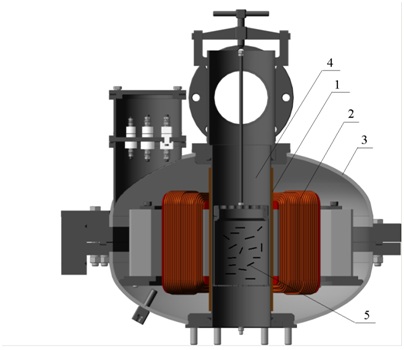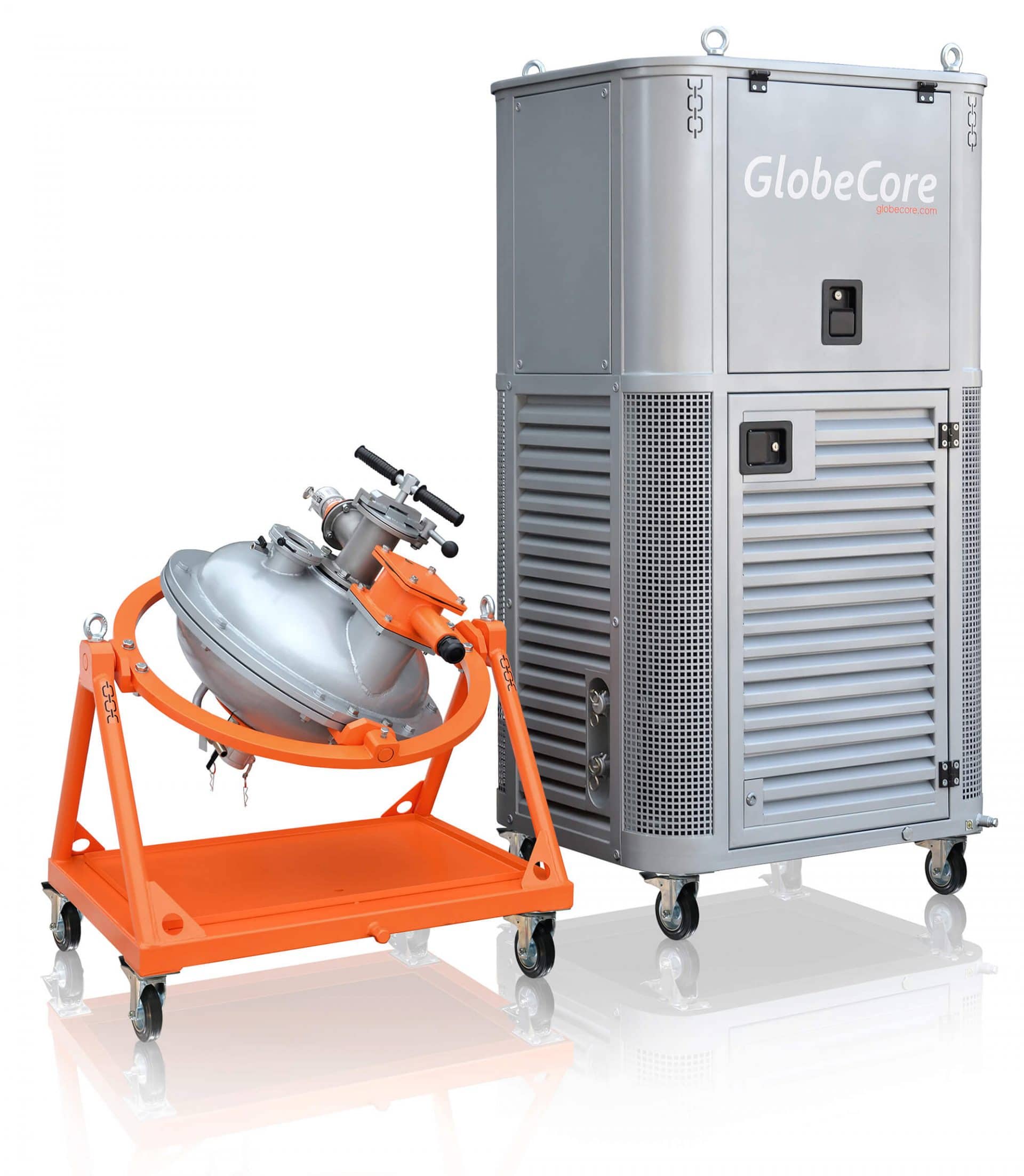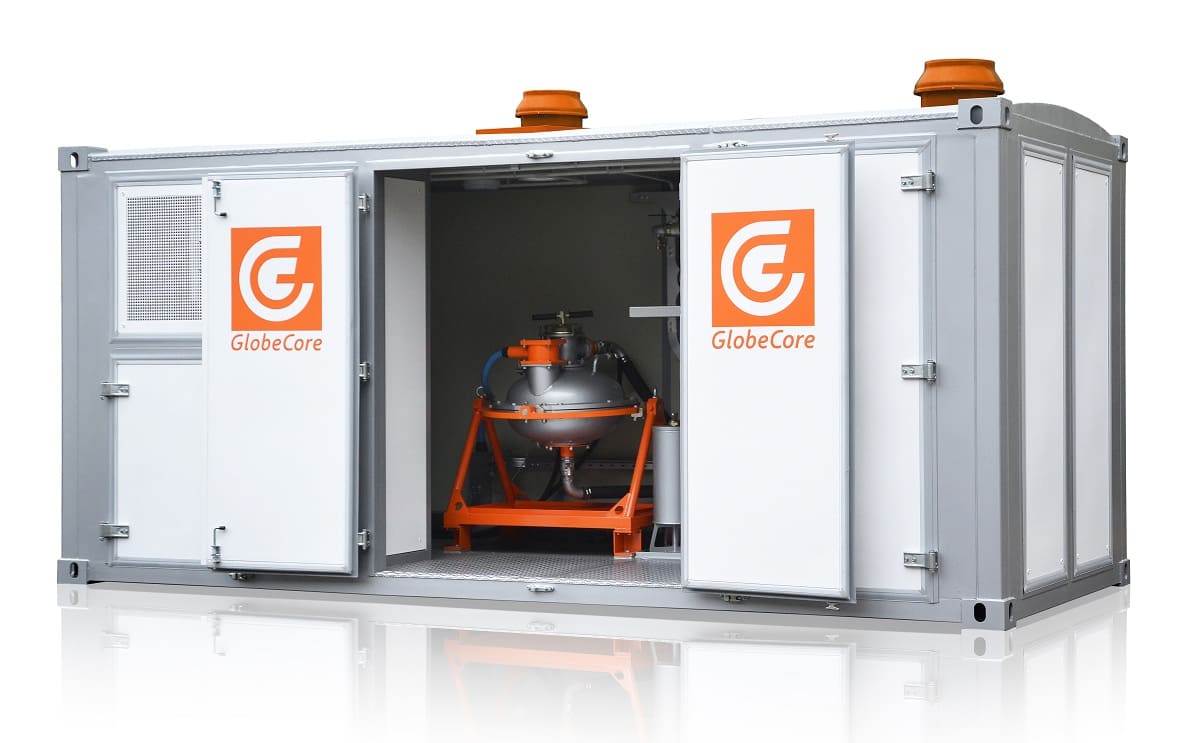In this article, we will discuss what cell disintegration means, for what purposes it is used, what equipment is needed for disintegration, and the prospects for vortex layer devices as disintegrators.
What is cell disintegration and what is it used for?
In the simplest sense, cell disintegration is understood to mean compromising the integrity of cells which cannot be achieved without cell membrane breakage. Note that breakage of membranes can be both natural and artificial. In the first case, a cell breaks down when exposed to natural factors: physical, chemical, physicochemical, as well as genetic changes. In the second case, cell membranes break down as a result of targeted human impact.
What does man use cell disintegration for? There are three main objectives here:
- Production of fodders, foodstuffs, or technical products from animal, vegetable, or microbial biomass.
- Sterilization and inactivation of living organisms. More often than not, media are decontaminated against pathogenic microflora in this manner.
- Research activities, for example, obtaining new vaccines against viruses. The task is particularly relevant in view of the coronavirus pandemic.
Cell disintegration methods
Cell disintegration methods are classified into three large classes: physical, chemical, and chemical-enzymatic.
It is possible to break cells by physical methods using ultrasound, ballistic breakage, exposure to a press, primary freezing of cell mass followed by grinding in mills, osmotic shock, repeat freezing–thawing cycle, etc.
Chemical methods of cell disintegration are based on the use of chemical agents: alkalis, acids, membrane synthesis inhibitors, etc. Chemical-enzymatic methods also involve the use of additional substances. These include antibiotics, enzymes, and ionogenic surfactants.
Each method can produce the desired result, but under certain conditions. It is much better to have at your disposal versatile equipment that is capable of addressing a wide variety of disintegration tasks. Such equipment includes devices with a vortex layer of ferromagnetic particles (AVS).
How a vortex layer device works
Cell disintegration is most efficiently carried out in the event of comprehensive exposure. Freezing followed by cell mass grinding can be mentioned as an example. Here we have two obvious exposures: low temperature and shock or abrasion influences of the mill working media. Now imagine that there is a device with the operating chamber where not two, but much more various exposures occur at the same time and make the disintegration process much more efficient. Furthermore, all exposures occur simultaneously.
The first feature of vortex layer devices is low power requirement (not more than 4.5–9.5 kW). Basically, this power is needed to create a rotating electromagnetic field by means of an inductor. An operating chamber made of non-magnetic material is placed inside the inductor. And ferromagnetic particles (needles) with a certain length-to-diameter ratio are fed into the operating chamber. The number of such particles depends on the type of processed material and may range from several tens to several hundreds of pieces. You can see Figure 1 for more detailed structure of a vortex layer device.
Figure 1 – A device with a vortex layer of ferromagnetic particles: 1 – protective bushing; 2 – inductor of rotating electromagnetic field; 3 – inductor housing; 4 – operating chamber made of non-magnetic material; 5 – ferromagnetic particles
What happens next? After voltage is applied to the inductor winding, an electromagnetic field is created and causes ferromagnetic particles to move throughout the operating chamber. In this case, while moving, each particle faces another particle on its way or collides with the operating chamber wall. Due to this, the trajectory of the particles becomes complex, and they form a vortex layer. Everything is simple on the face of it. However, various phenomena and processes arise in the vortex layer, and the comprehensive exposure thereto allows carrying out efficient cell disintegration. The most important ones include:
- Rotating electromagnetic field. Firstly, it deals with efficient mixing of substances which is important when, for instance, chemical agents are used. Secondly, the field intrinsically affects cells and substances and allows them to take on new properties.
- Ultrasonic vibrations arising from magnetostriction of ferromagnetic particles. Each particle becomes a source of such vibrations.
- Cavitation. This phenomenon takes place when the cell mass is processed in a liquid medium. Bubbles are formed and collapse, and thus, a great amount of energy is generated.
- Impact effects of ferromagnetic particles. In addition to the fact that the particles collide with one another and with the operating chamber walls, they also collide with processed material. Moreover, the intensity of such collisions is very high which contributes to rapid breakage of cell membranes.
- High local pressures.
- Increased temperature of processed mass without using an additional source of heat. It accelerates the course of chemical reactions.
All the factors listed above make the disintegration of cell walls fast and efficient even if they have a high mechanical strength. If necessary, chemical agents can be fed into the operating chamber of AVS to increase the disintegration efficiency.
Cell disintegration using a vortex layer device — real-world examples
GlobeCore has gained extensive experience in cell disintegration using vortex layer devices. Positive results were obtained in:
- Peat grinding in order to break cellulose and lignin membranes for release of humates and humins (fertilizers production). The process can be carried out with or without the use of chemical agents. The result is an increase in the yield of humates and humins.
- Medicinal plants grinding for extraction of biologically active substances. The result is an increase in the yield of biologically active substances by 40–50% and reduced infusion time.
- Lime zest grinding to obtain pectin. The result is an increase in the pectin yield without the use of chemical agents (acid); pectin is extracted into water.
- Apricot kernels grinding. The result is production of complex lignins.
- Hot pepper grinding. The result is concentrate obtaining for production of pepper spray cans.
- Beet pulp processing. The result is an increase in the pectin yield by 28–30%.
- Chicken and pig manure decontamination. The result is disintegration of cells of pathogenic microorganisms without the use of chemicals. After processing the manure in the operating chamber of AVS, pathogenic microorganisms, helminths and their eggs are completely destroyed, and a foul smell goes away.
The list of possible uses of the device is not exhaustive. We constantly carry out new experiments and get positive results of using AVS for cell disintegration. If you wish to carry out an experiment using your raw stuff or material, please contact our technical professionals with the contact details contained in the appropriate website section.



 AVS-100 Mixing Machine. ...
AVS-100 Mixing Machine. ... AVS-150 Chemical Mixing ...
AVS-150 Chemical Mixing ... AVSk-150 Wastewater Treatment ...
AVSk-150 Wastewater Treatment ...